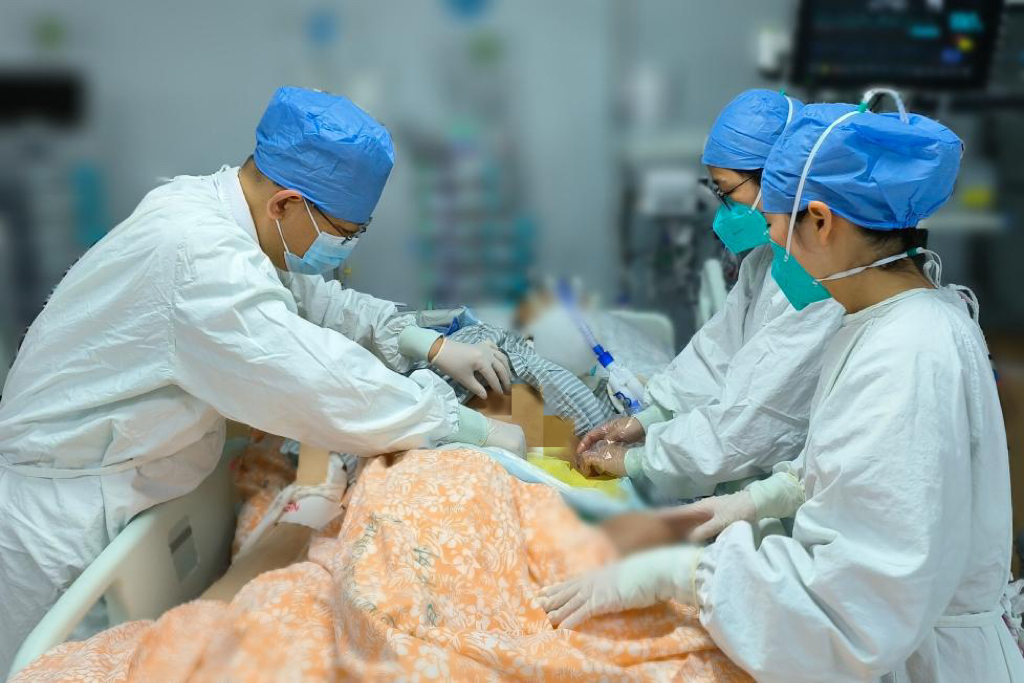Laparoscopic liver transplantation is one of the most challenging surgeries. On May 11, Vice President Liu Chao and his liver transplantation team at Sun Yat-sen Memorial Hospital successfully performed the first laparoscopic-assisted whole liver transplantation in South China.
Minimally invasive surgery and organ transplantation are the two major surgical development directions in the 21st-century. The combination of laparoscopic technology and liver transplantation is a breakthrough that is expected to reduce patient’s discomfort during treatment.
Six months ago, the 50 year-old Mr. Liu developed symptoms including abdominal distension, edema of lower limbs, and shortness of breath while walking. The symptoms persisted and worsened. He was diagnosed with decompensated liver cirrhosis, and was admitted to the liver transplantation department.
Considering the severity of his condition, performing traditional surgery would result in greater trauma and higher risks. To minimize the trauma and alleviate the financial burden on the patient, Professor Liu Chao, the leader of the liver transplantation department at the hospital, led a multidisciplinary consultation and decided to perform a laparoscopic total hepatectomy and liver transplantation for Mr. Liu.
The team performed under several minimally invasive incisions which are one centimeter in diameter.

(Photo provided to GDToday)
One week after the surgery, Mr. Liu could get out of bed. After 15 days, he was discharged from the hospital.
“Achieving minimal surgical incision, trauma, inflammation and scarring is the reason that we apply minimally invasive techniques to liver transplantation,” said Professor Liu Chao. According to Liu, compared to traditional surgery, it helps in reducing patient’s pain, bleeding, and postoperative complications.
Furthermore, laparoscopy offers high resolution, and surgeons can have clearer observation and more precise surgical procedures, which will benefit the patients’ postoperative recovery as well.
Author | Hannah, Zhang Xiao (intern)
Editor | Wing, Nan, Jasmine, Jerry
















